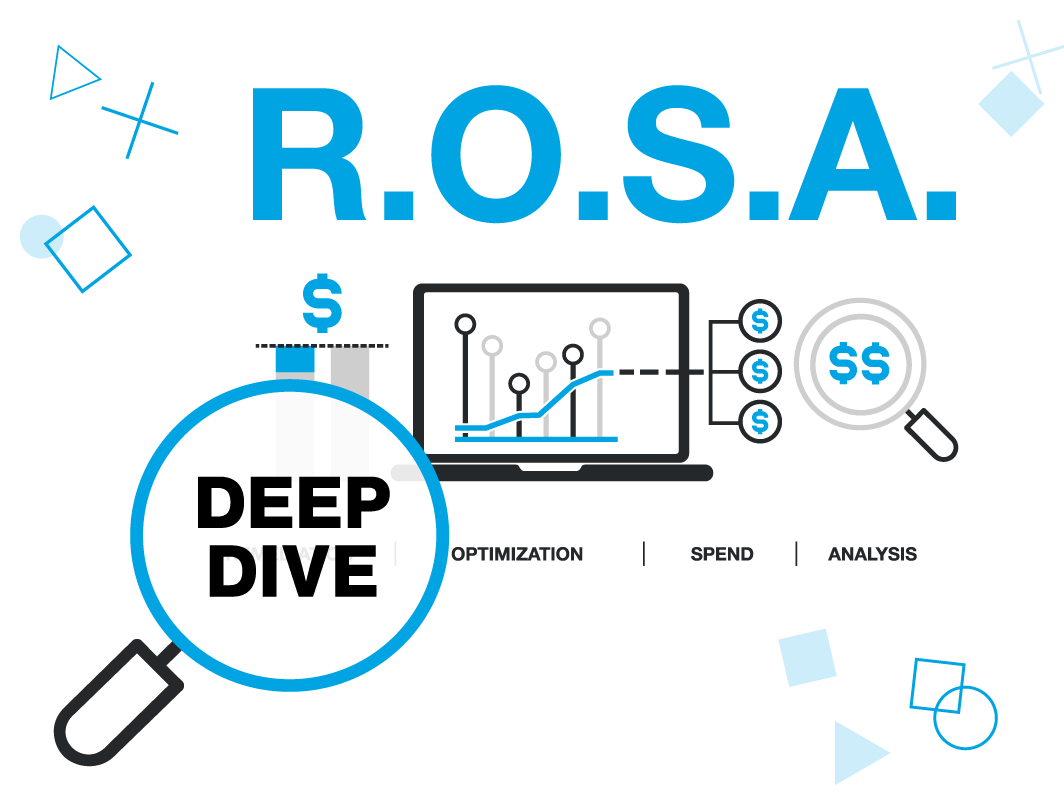
![]()
The EEOC (Equal Employment Opportunities Commission) and Department of Labor WHD (Wage and Hour Division) have agreed on a partnership to enforce “workplace justice issues”. Effective September 13, the EEOC and WHD alliance involves greater collaboration on employment-related matters and regulatory enforcement.
Coordination between the two agencies will increase through information sharing, joint investigations, training, and outreach.
Purpose of EEOC & DOL WHD
The EEOC investigates “complaints of job discrimination based on race, color, religion, sex (including pregnancy, gender identity, and sexual orientation), national origin, disability, age (40 or older), or genetic information.”
The Department of Labor’s WHD “enforces federal minimum wage, overtime pay, recordkeeping, and child labor requirements of the Fair Labor Standards Act.”
In its press release, EEOC Chair Charlotte A. Burrows highlights possible collaboration on enforcing two recently enacted federal laws. These are the PUMP Act, and the Pregnant Workers Fairness Act (PWFA).
EEOC & WHD Memorandum of Understanding (MOU)
The EEOC and WHD alliance aims to enhance and maximize the enforcement of federal laws and regulations. Its far-reaching, non-binding MOU allows sharing of information or data that supports either agency’s regulatory enforcement, including:
- Complaint referrals between agencies.
- Information contained in complaint or investigative files relating to alleged violation of the law.
- Reports filed or data produced by employers (which may include EEO-1 reporting or FLSA records).
- Statistical analyses or summaries and other information to the extent permitted by law.
Potential areas for regulatory enforcement
Regulatory enforcement is equally as extensive. Target areas for investigation and enforcement under the new information sharing agreement may include:
- Employment discrimination based on race, color, religion, sex, national origin, age, disability, or genetic information.
- Unlawful compensation practices, such as violations of minimum wage, overtime pay or wage discrimination laws.
- Working and living conditions of employees.
- Denial of required break times or places for nursing mothers to express milk. Leave-related discrimination based on disability, pregnancy or caregiving responsibilities is also prohibited.
- Unlawful retention of employees’ tips.
- Denial of family and medical leave.
- Potential misclassification of employees as independent contractors.
- Unlawful retaliation against workers who assert their workplace rights.
- Retaliatory exploitation of immigration status, which discourages workers from asserting their rights.
- Employment opportunities for individuals with disabilities.
Reinforcing collaboration over regulatory enforcement, the Memorandum of Understanding also states that the two agencies may:
- Provide training to each agency’s staff
- Engage in joint outreach and public education
- Share or develop training materials and programs, and;
- Develop joint policy statements and technical assistance documents.
For example, the EEOC may train WHD employees on how to identify employment discrimination. Likewise, WHD staff can advise EEOC staff on recognizing potential wage and hour violations.
Impact of information sharing and regulatory enforcement
The Memorandum of Understanding is expected to result in a much higher level of information sharing. But in addition to concerns expressed over ease of access to information, are those relating to broader sharing of data.
Under the terms of the MOU, the EEOC may share EE0-1 reports submitted by employers.
At present, Title VII prevents the EEOC from publicly sharing information contained in EEO reports. But the WHD agrees only to “observe” the confidentiality requirements of Title VII.
Speaking to SHRM, attorney Debra Steiner Friedman stated that employers “should assume that when they provide information to either the EEOC or the DOL, that information may be shared with the other entity.”
Employers may also experience a rise in investigations due to greater information sharing.
EEOC takes a stance on employment-related matters
In recent months, the EEOC has become increasingly proactive in ensuring workplace equality:
- Technical guidance issued in May 2023 aims to prevent discrimination caused by AI to job candidates and employees, including areas affecting pay equality. Employers may also be deemed liable if their pay equity software provider violates workplace laws.
- In August 2023, the EEOC adopted its Strategic Plan covering financial years 2022 through 2026. A key strategic goal is the prevention of employment discrimination and advancement of equal employment opportunities.
- Speculation over the reinstatement of EEO1-Component 2 pay data reporting also persists, and its reintroduction is widely expected. Pay equity is a priority in the EEOC’s Equity Action Plan, which aims to ensure inclusive workplaces for all. Pay data reporting is also seen as a key tool to fight discrimination.
Overall, these strategies are designed to empower the EEOC “to increase its impact on dismantling discriminatory patterns, practices, or policies.”
The power to gather more data through the EEOC and WHD alliance is another significant step towards achieving that aim.
Complying with legislation on employment-related matters
As pay equity claims rise and regulatory enforcement is strengthened by the EEOC and WHD alliance, employers must act to ensure workplace equality.
Carrying out a pay equity audit can highlight initial signs of workplace discrimination by identifying pay disparities. Trusaic PayParity analyzes compensation through the intersection of gender, race/ethnicity, age, and more in a single statistical regression analysis.
An intersectional pay equity audit enables employers to identify pay gaps that may prevent compliance with EEOC Title VII. Intersectionality more closely examines the multiple factors or demographics that affect fair pay.
Employers should consider updating HR teams and payroll staff on employment-related matters, including staying on top of pay equity legislation, to ensure compliance.
Stay on top of complex legislation. Talk to one of our pay equity experts today.




